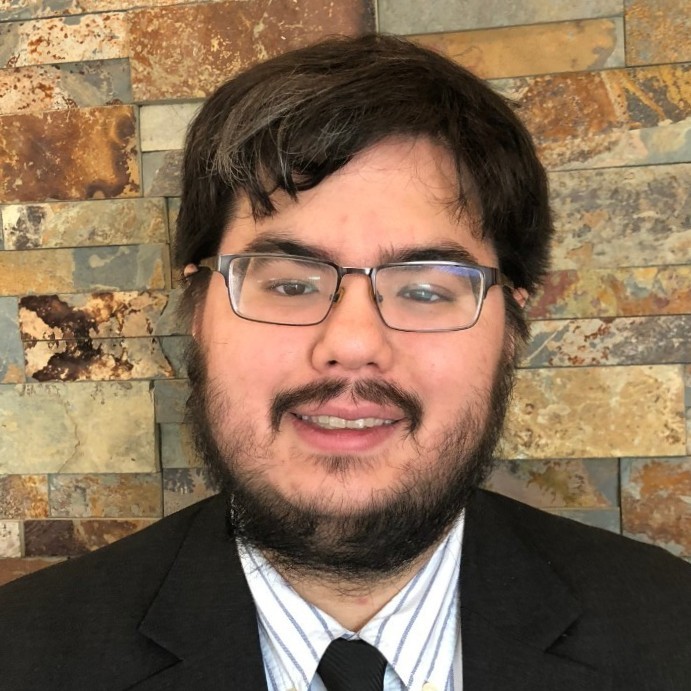Association of Past and Future Paid Medical Malpractice Claims
Abstract
Importance Many physicians believe that most medical malpractice claims are random events. This study assessed the association of prior paid claims (including a single prior claim) with future paid claims; whether public disclosure of prior paid claims affects future paid claims; and whether the association of prior and future paid claims decayed over time.
Objective To examine the association of 1 or more prior paid medical malpractice claims with future paid claims.
Design, Setting, and Participants This study assessed the association between prior paid claims (including a single prior claim) with future claims; whether public disclosure of prior claims affects future paid claims; and whether the association of prior and future paid claims decayed over time. This retrospective case-control study included all 881,876 licensed physicians in the US. All data analysis took place between July, 2018 and January, 2023.
Exposure Paid medical malpractice claims.
Main Outcome and Measures Association between a prior paid medical malpractice claim and likelihood of a paid claim in a future period, compared with simulated results expected if paid claims are random events. Using the same outcomes, we also assessed whether public disclosure of paid claims affects future paid claim rates.
Results This study included all 881,876 physicians licensed to practice in the US at the time of the study. Overall, 3.3% of the 841,?961 physicians with 0 paid claims in the prior period had 1 or more claims in the future period vs 12.4% of the 34?,512 physicians with 1 paid claim in the prior period; 22.4% of the 4,189 physicians with 2 paid claims in the prior period; and 37% of the 1,214 physicians with 3 paid claims in the prior period. The association between prior claims and future claims was similar for high-medical-malpractice-risk and lower-risk specialties; 1 prior-period claim was associated with a 3.1 times higher likelihood of a future-period claim for high-risk specialties (95% CI, 2.8-3.4) vs a 4.2 times higher likelihood for lower-risk specialties (95% CI, 3.8-4.6). The predictive power of a prior paid claim for future claims declined gradually as the time since the prior claim increased, for prior or future periods up to 10 years. Public disclosure did not affect the association between prior and future paid claims.
Conclusions and Relevance In this study of paid medical malpractice claims for all US physicians, a single prior paid claim was associated with substantial, long-lived higher future claim risk, independent of whether a physician was practicing in a high- or low-risk specialty, or whether a state publicly disclosed paid claims. Timely, noncoercive intervention, including education, has the potential to reduce future claims.








